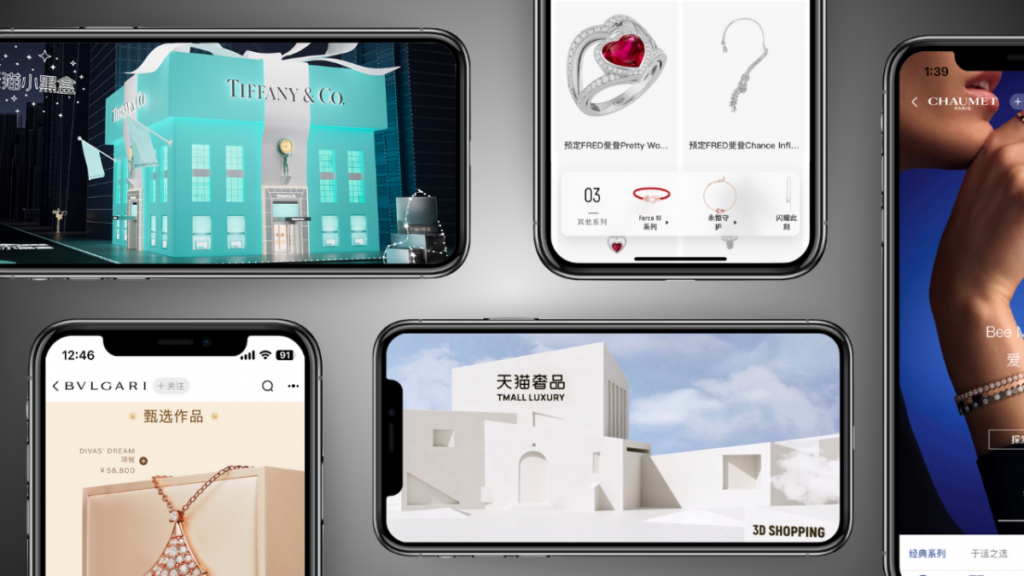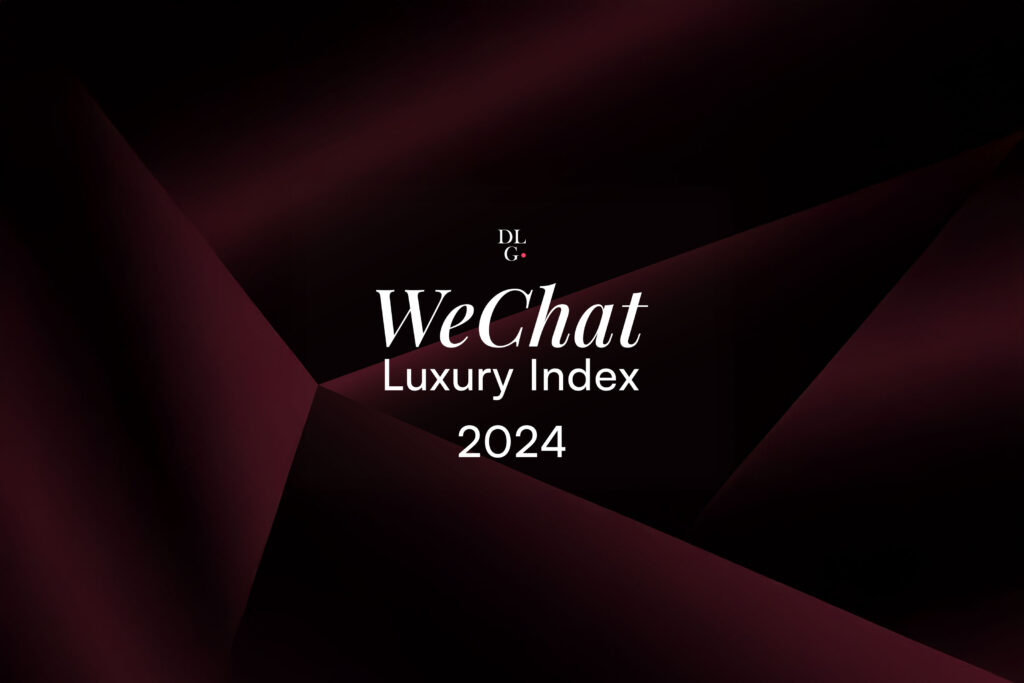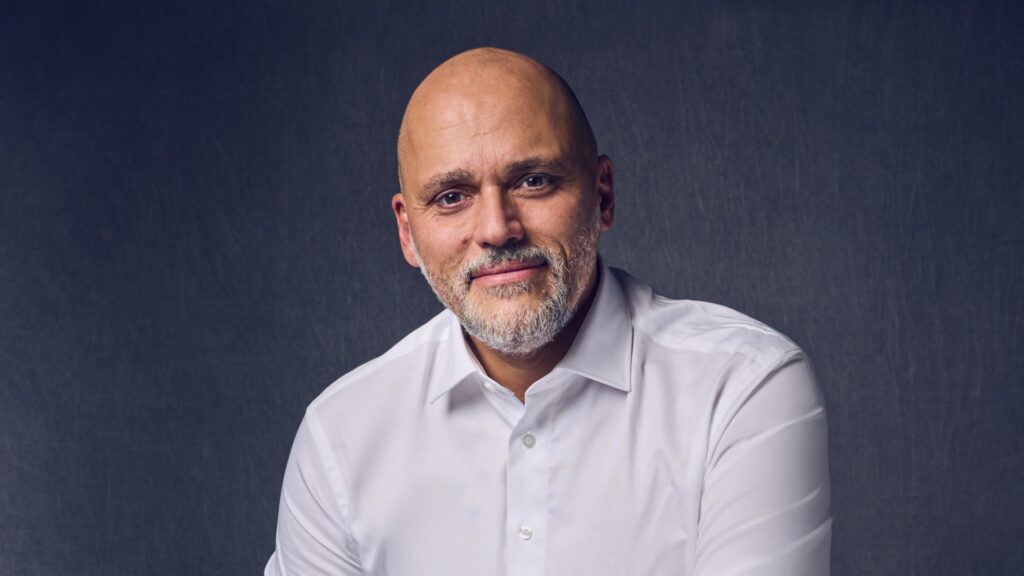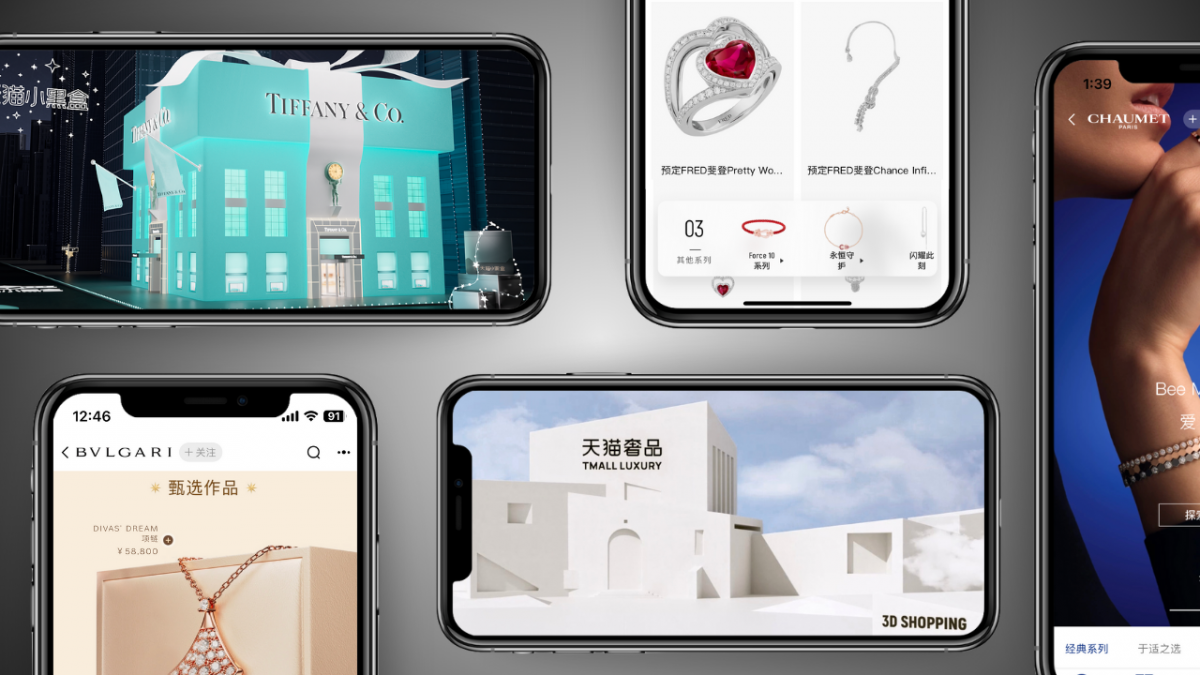With the global fragrance market expected to reach $70 million by 2022, more luxury fashion lines are taking their brands to uncharted territory.

Luxury Made Accessible
Part of the major appeal of fashion houses delving into the world of fragrances is accessibility. While your average millennial may not be able to afford a $3,000 Chanel gown, a 50 ml bottle of Chanel will only run you about $90. This is key for the client-base that craves luxury without a luxury budget.
And for luxury brands that have already gained a customer base for their fashion brands, launching perfumes may be just another way for consumers to maintain their loyalty. In some cases, the fragrances launched by fashion moguls become almost as iconic as the brands themselves. Chanel, Givenchy, and Armani all opted to launch their own fragrance lines and have seen steady success. And after debuting their first fragrance 15 years ago, Tiffany & Co launched a new perfume last year encased in its iconic Tiffany blue box.

Before 2016, the last time Louis Vuitton debuted a new fragrance was in 1946, that was over 70 years ago. Top designers aren’t launching fragrances on a whim, though. It’s lucrative, and the proof is in the pudding. The global fragrance market alone is expected to reach $70 million by 2022, according to a report released by Fact.MR. Europe, in particular, is expected to attribute for $20 million of that.
Brand DNA
This is not to say that household luxury brands are aiming for an easy route or mediocrity when formulating their signature scents, it’s quite the opposite. Referred to as “brand DNA,” iconic labels like Louis Vuitton and Tiffany have embodied their signature styles into their fragrances.
Master perfumer Jaques Cavallier-Belletrud was tasked with creating the brand’s signature scents. He’s the same mega-mind behind iconic fragrances from L’Eau d’Issey, Dior Addict, Jean Paul Gaultier Classique, and Stella by Stella McCartney.
“The whole personality of the fragrance comes from the leather infusion,” Cavallier-Belletrud said in an interview.

Meanwhile, Tiffany opted to take floral to a whole new level. The fragrance is influenced by an iris brooch set with demantoid garnet blossoms and sapphires, later to be extracted into the perfume to guarantee that bright, Tiffany blue scent.
“We worked closely with Tiffany to fully understand the DNA of the brand and to translate it into a successfully marketed fragrance, from the scent to the overall consumer experience,” Coty Luxury Edgar Huber told The Telegraph.
Hermès, Gucci and Calvin Klein are among others who have branched out in the last couple of years. We have a sneaking suspicion they’ll be far from the last.
Cover image credit: Louis Vuitton.










